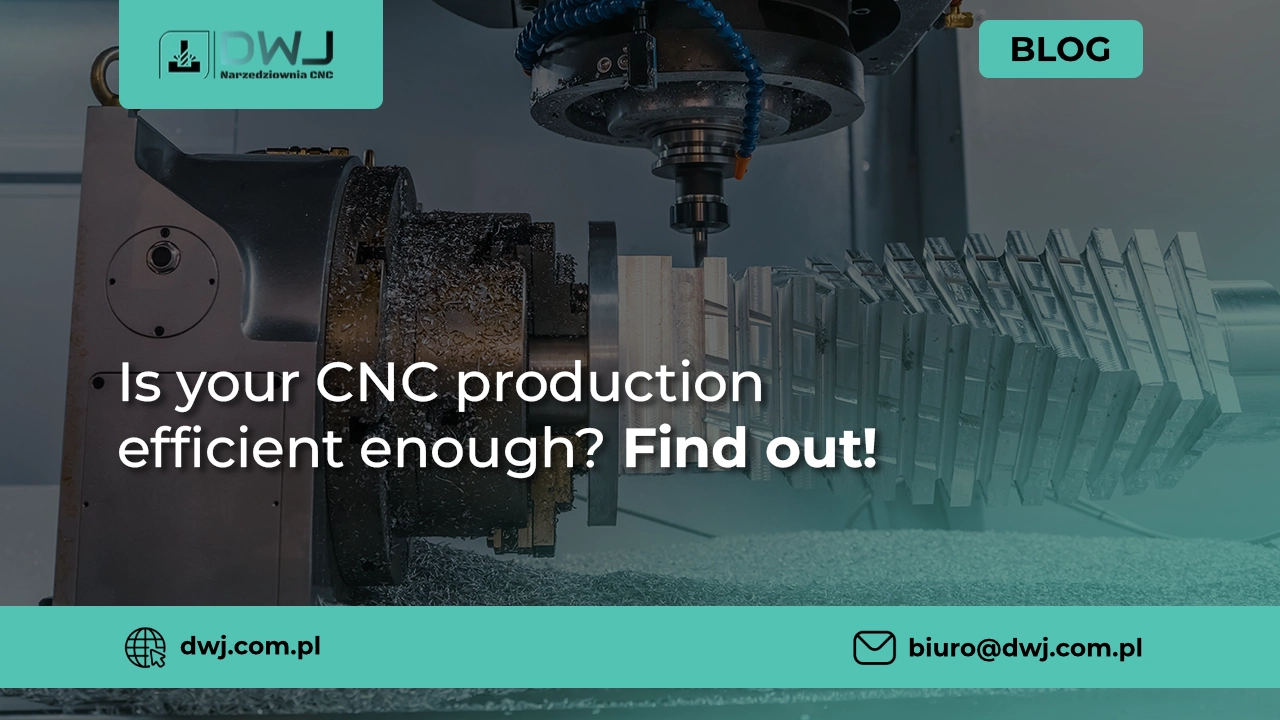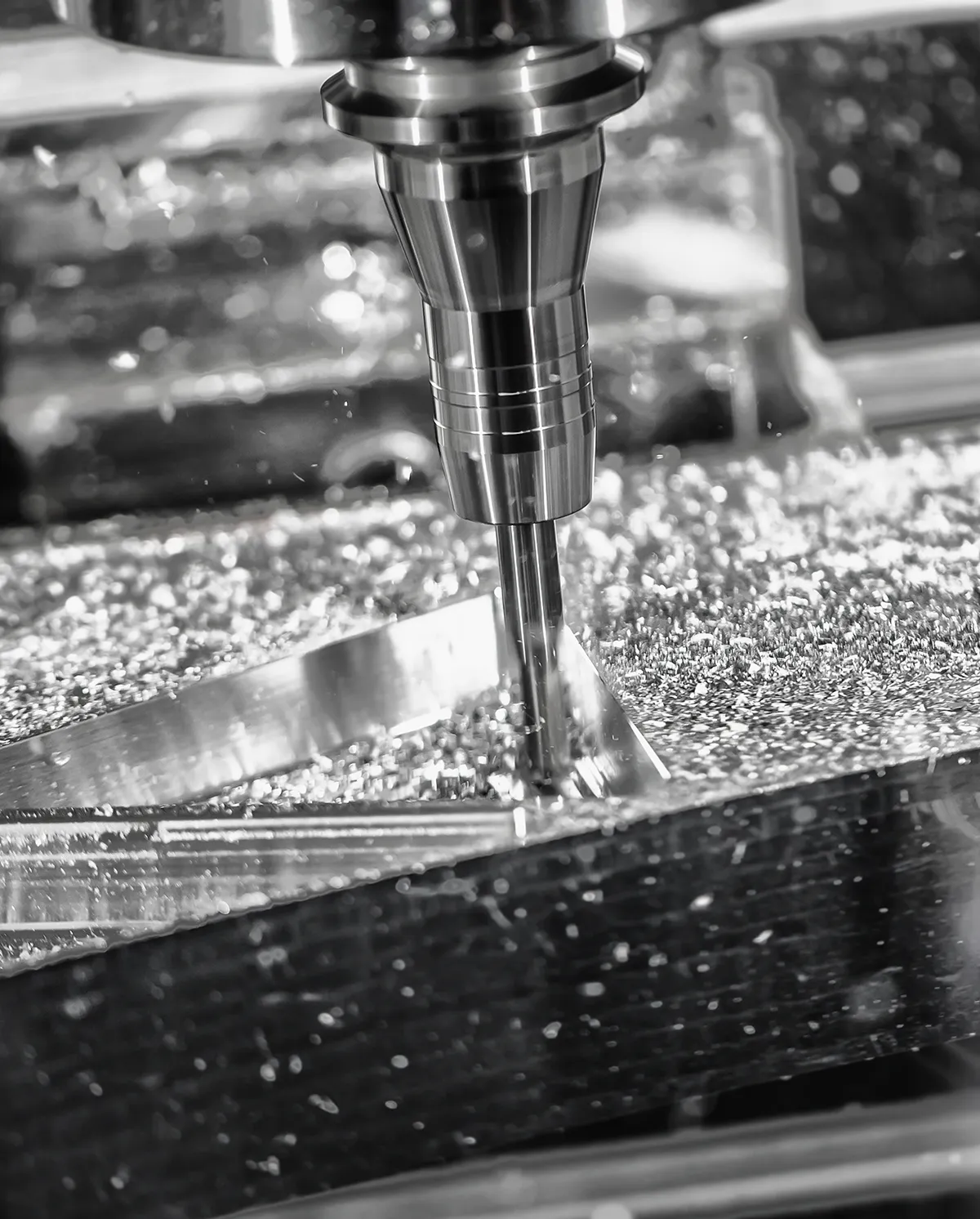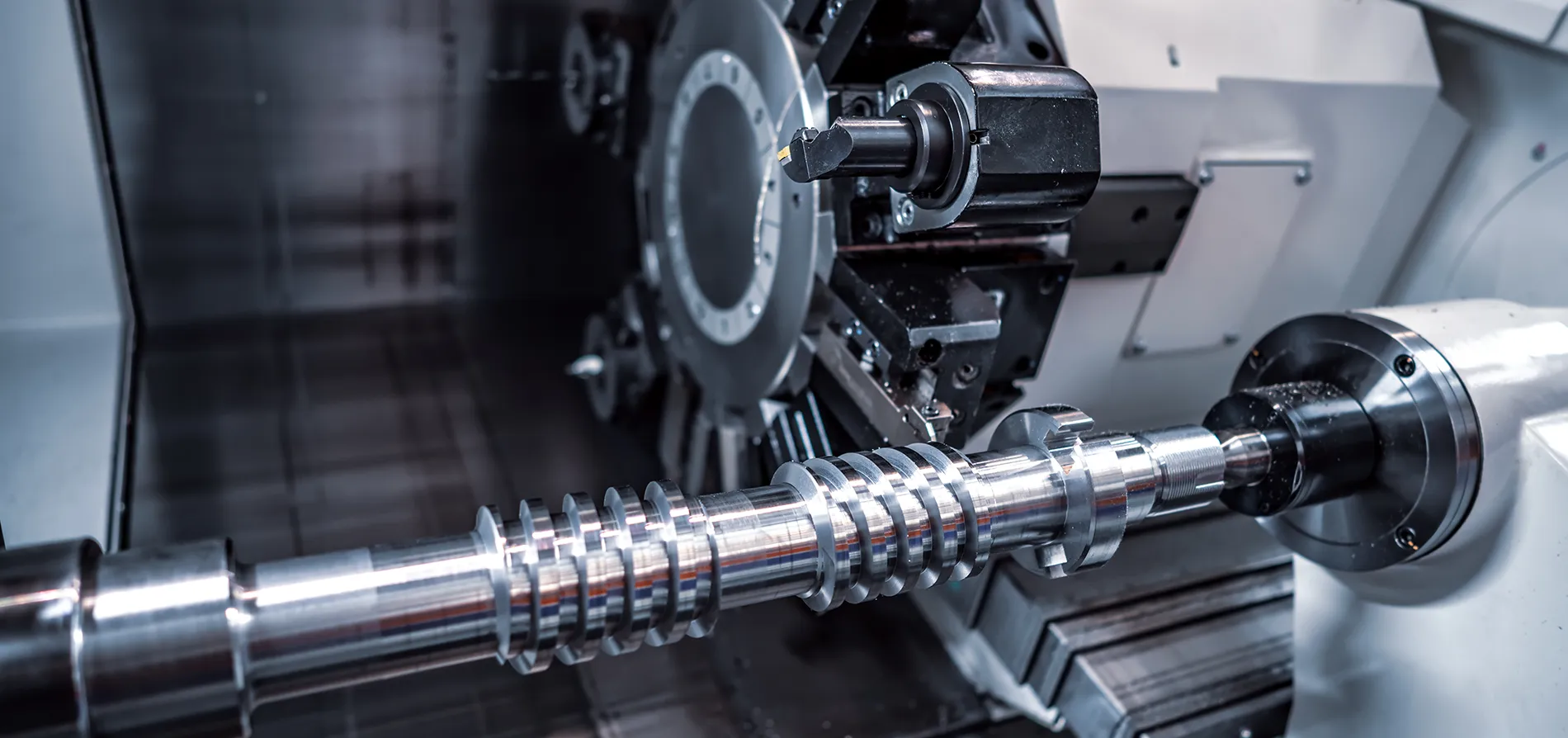Is Your CNC Production Efficient Enough?

Is your CNC production efficient enough? This is a question that every business owner and production manager should ask themselves regularly. Many workshops measure their efficiency mainly in terms of machine speed. “Faster is better” is a popular but dangerously simplistic way of thinking. True efficiency in CNC machining is much more than just high spindle speeds and aggressive feeds.
It is a complex system of interconnected vessels, where a bottleneck in one area can negate the gains made in another. You may have the fastest machine on the market, but if it takes two hours to retool and half the material ends up in the chip bin, your efficiency is only an illusion.
This article is a guide to the key pillars of true productivity in the tool shop. Instead of focusing solely on the machine, we will look at the entire process – from the concept in the designer’s head to the management of the last chip. It is a journey through areas where the greatest, often untapped, potential for optimisation and real profitability gains lies.

Wisdom in Design, Economy in Production
The foundations of efficiency are laid long before the machine is started up. Errors and omissions in the design and technology preparation stages are the most expensive to rectify. Leading manufacturing companies implement DFM (Design for Manufacturability) principles as standard. This means that designers and technologists actively collaborate to simplify part geometry and standardise corner radii and holes. The goal is to facilitate and speed up machining, not to uncritically accept every design, even the most complex ones. Strong communication between these two departments helps to avoid designing parts that are extremely difficult or impossible to manufacture economically.
Equally important is the strategy for selecting feedstock. Ordering standard formats, which generate a huge amount of waste, is a sure-fire way to reduce margins. Efficient workshops plan their purchases precisely, ordering material with minimal excess or using semi-finished products with a shape similar to the final detail. This saves a lot of machine time and valuable raw materials.
PCAM software – The Virtual Heart of Manufacturing
CAM software is the brain of the entire operation. Modern systems offer powerful tools, but their potential can only be fully exploited with the right strategy. Many companies still rely on traditional offset tool paths, unknowingly sacrificing enormous productivity. Modern adaptive (trochoidal) strategies allow for a drastic reduction in roughing time and a significant increase in tool life.
When machining plates and sheets, automated nesting optimisation is an absolute must. Manual placement of parts almost always generates greater material losses than the use of dedicated algorithms, which can save up to several percent of raw material. Another key element is the introduction of mandatory simulation and verification of the programme before it is run. The cost of a potential collision – a damaged tool, holder, or, in the worst case, the machine spindle – far exceeds the cost of a few minutes spent on a thorough digital simulation.
Organisation of Work on the Production Floor/span>
This is where theory meets practice. Even the best programme will not help if the organisation of work is flawed. A machine only earns money when it is cutting, which is why it is crucial to measure and optimise setup time. Long downtimes for setting up parts, searching for tools or preparing equipment are one of the biggest “thieves” of efficiency. Implementing even simple techniques inspired by SMED (Single-Minute Exchange of Die) can bring surprising results.
Professional tool management is also essential. A centralised, well-organised warehouse where tools are measured and prepared in advance eliminates downtime and errors. Monitoring wear and tear allows them to be replaced at the optimal time, before failure or deterioration in machining quality occurs. Let us also remember the role of operators. They are not “button pushers”. An experienced operator is an invaluable source of knowledge about the process. Involving the team in the improvement process and listening to their comments is the most powerful driver of optimisation.

IIntelligent Resource Management – Hidden Profit
The optimisation process does not end with the finished part. The area of waste management is often overlooked, yet it offers clear profits. The basis is the segregation of chips and scrap. The value of clean aluminium scrap is incomparably higher than that of scrap mixed with other metals. It is a simple habit that directly translates into higher revenues.
It is also worth implementing a system for reusing leftover material. Every larger piece of waste from a board or piece of rod is a potential raw material for a smaller order. Instead of going straight into the scrap container, such items should be catalogued and stored for future use.
Summary: Efficiency is a Culture, Not a One-Off Effort
If you see room for improvement in many of the areas described, treat it as an opportunity. True efficiency is not a one-off audit, but a continuous process of improvement. Do not try to revolutionise everything at once. Choose one or two areas that seem easiest to improve. Start measuring data – cycle times, changeover times, amount of waste. Organise a short meeting with your team and ask for their ideas.
Small, consistently implemented changes bring much better results in the long run than big, chaotic revolutions. True efficiency is not a goal that can be achieved once and for all. It is a culture of continuous improvement that drives the company’s growth and ensures its competitiveness in the market.




